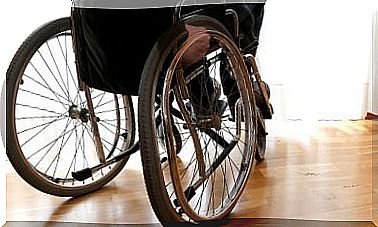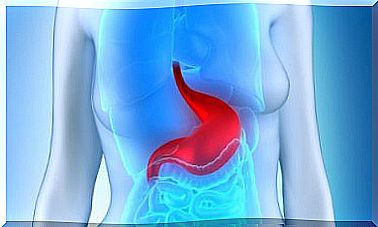What Are Uterine Fibroids? 5 Important Facts
Although initially difficult to detect due to the lack of strong symptoms, women affected by uterine fibroids may experience a series of changes in their body that facilitate their diagnosis.

Uterine fibroids are small lumps of muscle tissue that grow on the surface of the uterus and sometimes on the cervix.
It is a condition that affects the reproductive and hormonal health of women. However, despite the formation of tumors, only 0.5% are found with cancer cells.
Uterine fibroids are a benign tumor that generally develop in women older than 20 years.
Also known as leiomyomas, they are small, round-looking lumps of fibrous tissue that can be microscopic or large in size.
Therefore, the cases in which they come to influence the appearance of cancer are very rare. However, many women do not know how it develops and, due to the symptoms, they tend to confuse it with other diseases.
For this reason, we have compiled a series of data that can help answer many of the doubts about this problem.
1. What types of uterine fibroids are there?
There are several types of uterine fibroids, depending on where in the uterus they form:
- Submucosal : They take place in the myometrium, the protective layer of the inner wall of the uterus.
- Subserous : They form under the serosa, the lining of the outer part of the uterus.
- Pedunculated : unlike the previous ones, they grow and detach from the womb until they are attached to a cord called the pedicle.
- Intramural : These tumors take place inside the muscular wall of the uterus and, sometimes, they enlarge until deforming the external and internal wall of this organ.
3. What are the symptoms of fibroids?
Fibroids are conditions that are quite difficult to detect due to the lack of strong and observable symptoms in their initial stages.
However, a series of signs that affected patients may suffer have been described. They are usually related to changes in the body such as:
- Irregular menstrual periods.
- Heavy bleeding.
- Feeling of bloating and pain in the lower belly.
- Sudden weight gain
- Fertility problems and high-risk pregnancies.
3. What do fibroids have to do with fertility problems?
Unfortunately, those diagnosed with this condition are very likely to have difficulty becoming pregnant.
Even though there is a certain degree of probability of achieving a pregnancy, there are quite a few risks during the gestation period.
A large number of cases are at high risk for miscarriage during the first trimester of pregnancy.
However, these risks vary in each woman, almost always depending on the number of fibroids, their size and location in the womb.
5. Are there treatments for uterine fibroids?
Surgical interventions are one of the most effective and known methods for the treatment of uterine fibroids. However, contrary to what many people think, this is not the only treatment that exists to reduce its effects on the body.
It is essential to know that, currently, there are medications that reduce the severity of your symptoms and the hormonal uncontrols that they imply. In addition, when they are too small it is not necessary to resort to surgery.
Therefore, it must be taken into account that small tumors are initially treated with medication prescribed by the doctor. If the effects of the drugs are not enough, the only solution will be removal.
This procedure is called a myomectomy and it focuses on removing the masses without directly affecting the tissue of the uterus. In addition, there is a treatment with ulipristal acetate (UPA) that consists of a progesterone modulator that helps prevent the growth of lumps in the matrix.
Conclution
In conclusion, although it is not considered a serious problem or urgent care, fibroids should be a reason for gynecological consultation.
Although many do not increase in size and go unnoticed, it is best to seek treatment to prevent them from growing and causing complications.









